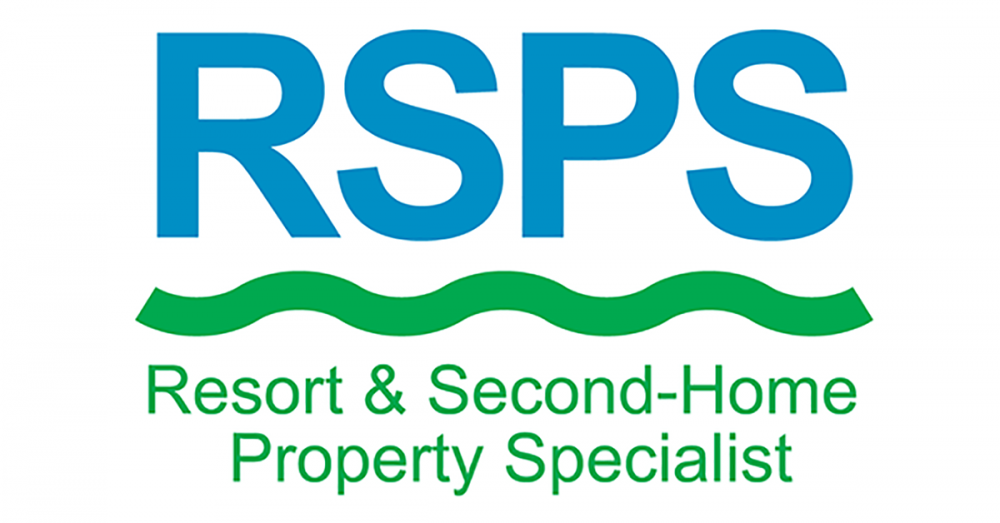When it comes to house flipping, your After Repair Value (ARV) isn’t just a number—it’s the profit potential. The higher the ARV, the greater your upside (if your costs are in check). But boosting ARV isn’t about over-renovating or gutting a property unnecessarily. It’s about strategic improvements that buyers actually care about and that the comps will support.
Here’s how smart flippers elevate their ARV without killing their margins:
 1. Know the Ceiling Price for the Neighborhood
1. Know the Ceiling Price for the NeighborhoodBefore you swing a hammer, study local comps. Every neighborhood has a price ceiling—don’t spend like you're in a luxury zip code if you're flipping in a mid-tier area. Look at:
Recent sales within 0.5–1 mile
Similar square footage and lot size
Renovation level (updated vs. outdated)
Strategy: Use these comps to reverse-engineer your reno budget and set realistic expectations for your ARV.
 2. Focus on High-ROI Improvements
2. Focus on High-ROI ImprovementsNot all renovations are created equal. Some upgrades give you major bang for your buck. Others? Money pits.
Top value-adding upgrades:
Kitchen updates (modern layout, new cabinets, quartz counters)
Bathroom refresh (tile, vanity, lighting)
Open-concept conversions (removing non-load-bearing walls)
Curb appeal: new door, landscaping, paint
Energy-efficient windows and insulation
Skip the hot tubs, fancy wine cellars, or custom millwork—those rarely move the ARV needle unless you're flipping luxury homes.
 3. Improve Layout & Functionality
3. Improve Layout & FunctionalityBuyers pay for flow. If you can rework a weird layout—like splitting one oversized bath into two, or turning a formal dining room into a bedroom or office—you instantly add perceived value.
Tip: Even minor layout changes like widening a hallway or reworking closet access can make a home feel more usable.
 4. Match the Market, Not Your Taste
4. Match the Market, Not Your TasteYou’re not designing your dream home—you’re creating a product for resale. Stay neutral, stay broad. Use proven finishes and palettes that attract the widest buyer pool.
Stick with:
Soft grays, beiges, or whites
Matte black or brushed nickel hardware
Waterproof LVP flooring or tile
Clean, modern lighting fixtures
Trendy can be risky—today’s hot color could be tomorrow’s “What were they thinking?”
 5. Dial in Curb Appeal
5. Dial in Curb AppealFirst impressions = big returns. Even if you don’t touch the interior yet, a buyer’s ARV perception starts when they park the car.
Quick wins:
Power wash siding/roof
Fresh mulch and trimmed bushes
Paint the front door
Add simple lighting or address numbers
These minor costs can shift your home from “fixer” to “move-in ready” in a buyer’s mind.
 6. Use Appraiser-Friendly Upgrades
6. Use Appraiser-Friendly UpgradesRemember, it’s not just buyers—it’s appraisers too. Make sure your improvements are easy to document and justify on an appraisal form:
Permit all structural or major system changes
Provide before/after photos for comps
Highlight square footage increases, bed/bath count, new roof, etc.
The more quantifiable your upgrades, the more likely they are to boost appraised ARV.
.png) Final Word: Renovate for Margin, Not Emotion
Final Word: Renovate for Margin, Not EmotionEvery upgrade should pass a simple test: Does it directly contribute to the resale value—or is it just a nice-to-have? The most profitable flippers are surgical. They maximize ARV by improving what matters, not everything.
Download Our Free House Flipping Calculator to model your ARV, rehab budget, and projected profit in minutes.
